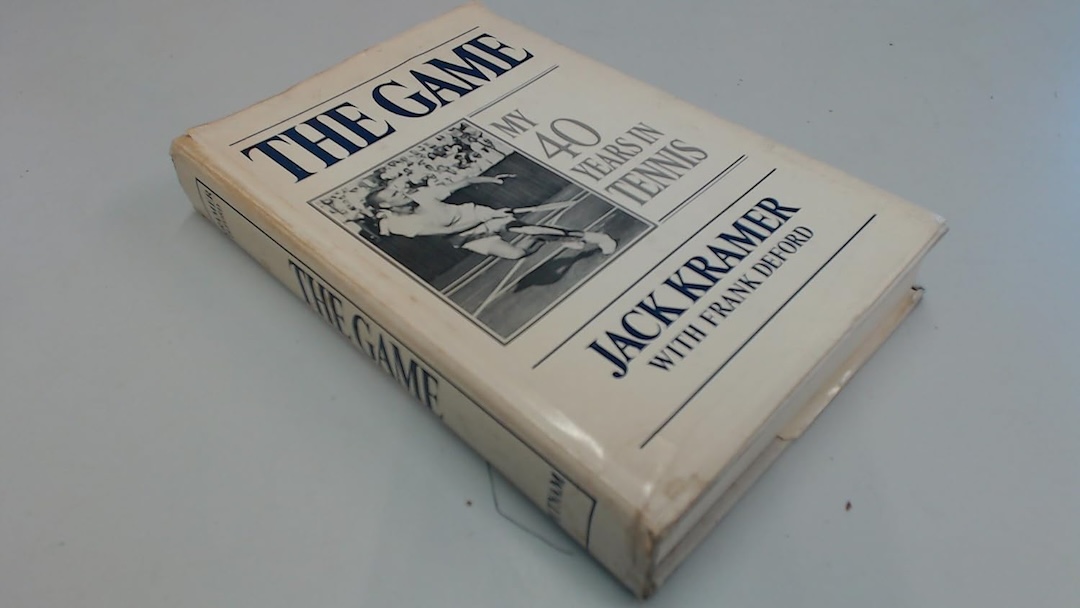Gerry Donohue is a professional writer from Washington, D.C., and a self-avowed avid tennis player. He is not a teaching professional or a well-established competitive player, as evidenced by his 4.0 NTRP rating, which was last updated in 2011. Quite frankly, I put off reading his two tennis instructional books because I harbored serious reservations over whether he could deliver value for someone competing at my level. Those concerns turned out to be unfounded.
Winning Doubles Strategy for Recreational Tennis Players is based off the idea that the fastest path to higher performance for most players is using better strategy rather than improving technique. This idea has merit and yields a book full of ideas that players of any skill level can immediately implement in their matches. While there is no such thing as a quick fix, some of the tips in this book come close.
For example, players at all skill levels can immediately improve their court positioning. Donohue correctly observes that being in the right spot cuts down the shot options for the other team and frequently induces unforced errors. Similarly, Winning Doubles includes innovative ideas on where to stand when receiving against the I formation. It is certainly worth a try
Donohue’s theory is the majority of volleys a player hits come to their backhand side. He backs that up with a physiology analysis that makes intuitive sense. That passage is full of implications and tactical ideas for playing the backhand side at the net from both ends of the court.
No doubles book would be complete without recommendations for best practices for maximizing the performance of doubles partnerships. Donohue has novel ideas on how to think and nurture partner chemistry. He also emphasizes the importance of compatible mindsets. While I don’t necessarily agree with all his observations about the ideal partnerships, it is another area where his suggestions are broadly actionable and worth a try in many situations.
I am always leery of strategic recommendations that assert something should always be done. For example, Winning Doubles recommends always electing to receive first after winning the toss. While the reasons cited are valid for many situations, I can think of exceptions to also consider.
Donohue also recommends that the net player stand ahead of the service line when their partner is receiving and abstain from the responsibility of calling long serves. His theory seems to be that it helps get the player to the net faster. It is a controversial idea that might be OK when the server doesn’t have a powerful delivery, but there are times when it is wholly ill-advised.
One of the more valuable sections of Winning Doubles is a framework for considering in-match strategic adjustments that hinge on one simple question: Are we losing, or is the other team winning? If you are playing poorly and making a lot of unforced errors, a good adjustment is simply being more consistent. On the other hand, if your opponents are hitting better shots and outplaying you, that is the time to consider making tactical adjustments in an attempt to disrupt what they are doing.
This book is a “90% solution” with strategy and tactics that will generally work well. However, for highly competitive matches, flexibility and adaptability become paramount in the remaining 10%. True mastery of tennis doubles requires the ability to adjust generic rules of thumb and conventional wisdom to the situation.
I highly recommend Winning Doubles Strategy for Recreational Tennis Players. Donohue offers a fresh perspective on improving tennis performance through strategic thinking in a way that can benefit all players. While some of his recommendations may raise eyebrows or warrant skepticism, the overall framework provides a solid foundation for enhancing doubles play. Recreational players seeking practical insights to elevate their game should consider this book as an investment.
Fiend At Court participates in the Amazon associates program and receives a paid commission on any purchases made via the links in this article. Details on the disposition of proceeds are available on the “About Fiend at Court” page.




